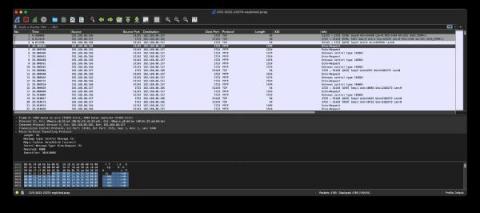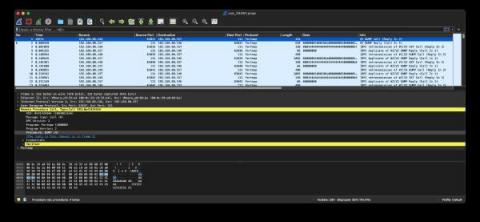Security | Threat Detection | Cyberattacks | DevSecOps | Compliance
Windows
Follina - CVE-2022-30190
CVE-2022-30190 - Microsoft Windows Support Diagnostic Tool (MSDT) Remote Code Execution Zero-Day Vulnerability in Windows
Detecting CVE-2022-23270 in PPTP
This month, Microsoft announced a vulnerability in PPTP, a part of the VPN remote access services on Windows systems that runs on port 1723/tcp. Through Microsoft’s MAPP program, Corelight Labs reviewed a proof of concept exploit for this vulnerability and wrote a Zeek®-based detection for it.
Detecting Windows NFS Portmap vulnerabilities
This month, Microsoft announced two vulnerabilities in portmap, which is part of ONC RPC, on Windows systems. This blog will discuss Zeek detection packages for CVE-2022-24491 and CVE-2022-24497 developed by Corelight Labs.
Stories from the SOC - Lateral movement using default accounts
The Windows ‘Administrator’ account is a highly privileged account that is created during a Windows installation by default. If this account is not properly secured, attackers may leverage it to conduct privilege escalation and lateral movement. When this account is used for administrative purposes, it can be difficult to distinguish between legitimate and malicious activity.
Wormable Vulnerability in Windows Remote Procedure Call (RPC) - CVE-2022-26809
How to mitigate PetitPotam NTLM Relay Attack
1Password 8.6 for Windows
When we released 1Password 8 for Windows, it marked the start of the next chapter for 1Password. And though Santa may have come and gone in the weeks since, we’ve still got a bag full of shiny new toys for our Windows customers.
Understanding LSA Protection
Securing your Windows servers and Windows 10 running is vital, especially given today’s sophisticated threat landscape. These are usually the first machines to be compromised in an attack through exploitation of the weakest link in the chain — the user. Through trickery and social engineering, threat actors gain access to these machines and then seek to move laterally and elevate their privileges.











